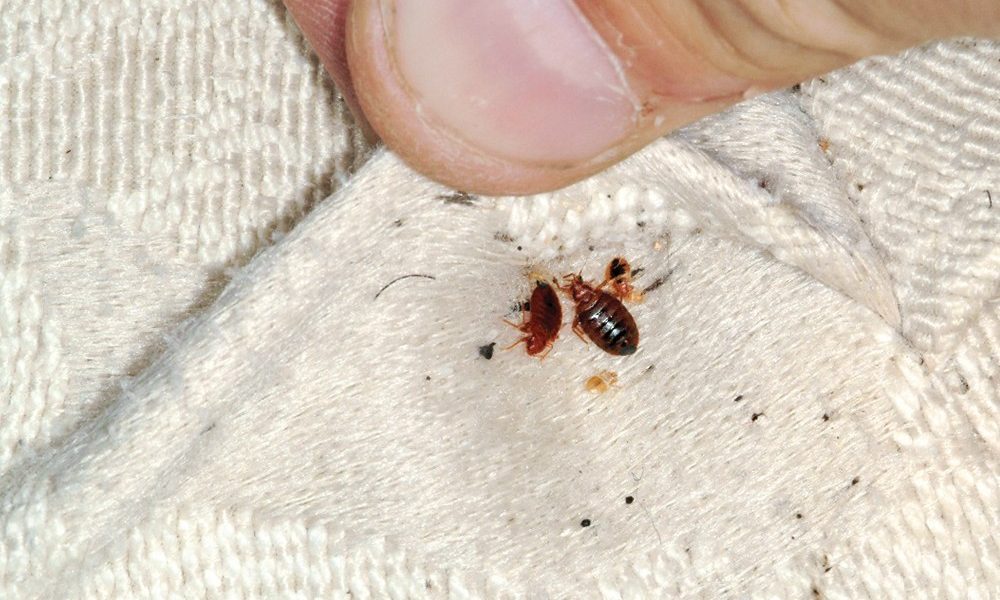Aside from politicians, there are few things in life as revolting as bedbugs. The thought of strange creatures crawling over your body at night could, indeed, induce nightmares. But nothing compares with reality: last spring they were found at Cal in Unit 2. How were they found? Well, suspected rooms on the eighth floor of a building were searched by bedbug-sniffing dogs (?!) leading to positive responses.
But what are bedbugs, exactly? Cimex lectularius are bloodsucking, nocturnal insects that primarily feed on humans. They seek out warm environments—particularly places where people tend to sleep—to feed and reproduce. There is currently no evidence that they spread blood-borne diseases. They were once thought to be a thing of the past but have made a comeback in recent years.
Bedbugs are reddish brown, oval, and flat—about the size of an apple seed—but, at only 5 millimeters in length, can be difficult to see. They’re sometimes confused with other vermins such as booklice (yes, books can have lice). If you see any, notify your RA or landlord immediately.
The Unit 2 inspections took place because residents complained of bites, which are the chief health concern and most common sign of an infestation. Bites are red, often with a darker red spot in the middle. They itch and slowly develop into welts that can lead to large rashes or trigger allergic reactions. See a doctor if you have any.
For hundreds of years, Balkans used the leaves of the kidney bean plant to snare the bugs on microscopic “hooks.” If you think you may have bedbugs, try spreading the leaves around the floor overnight to see if you catch any. But be warned: if you crush bedbugs they stink. The musty odor is another sign of an infestation.
Getting rid of bedbugs is like trying to ditch a stalker. It’s hard, but there are steps you can take. Vacuum frequently and always wash sheets and blankets in hot water. You can also buy a tightly woven, zippered cover to encase your mattress and box springs and keep bedbugs out. Professional heat treatments are recommended to kill the bugs and their eggs. (This was done for Unit 2.)
Now good night, sleep tight, and don’t let the bedbugs bite.
Citations
- How a Leafy Folk Remedy Stopped Bedbugs in Their Tracks from the New York Times Environment by the New York Times Company <http://www.nytimes.com/2013/04/10/science/earth/how-a-leafy-folk-remedy-stopped-bedbugs-in-their…>
- Residents battle against bedbugs from the Daily Californian <http://www.dailycal.org/2013/04/03/battle-against-the-bugs/>
Article by Robert Morgan
Feature Image Source: Entomology Today
























